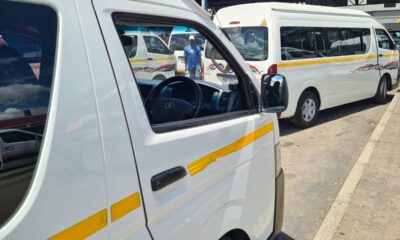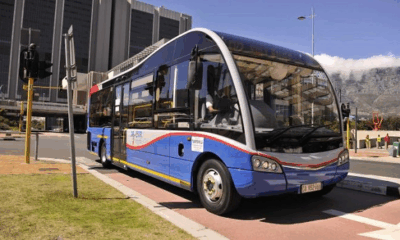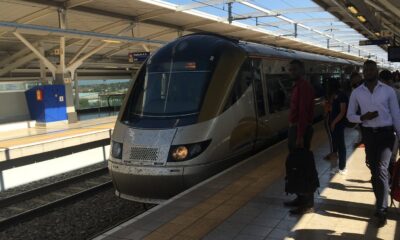411
How to Use Public Transport in Johannesburg: A Complete Guide for Locals and Visitors
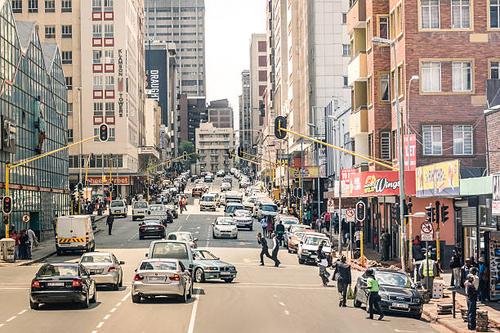
Getting around Johannesburg without your own car may seem daunting at first, but the city offers a surprisingly diverse and functional public transport network once you understand how it works. Whether you’re a local who’s never explored all the options or a visitor navigating Joburg for the first time, this guide will walk you through the best ways to move around the city safely, efficiently, and affordably.
From fast trains to minibus taxis, and reliable buses to e-hailing apps, here’s everything you need to know to travel like a pro in South Africa’s largest city.
Minibus Taxis: Fast, Flexible, and Everywhere
Minibus taxis are by far the most widely used form of public transport in Johannesburg. You’ll spot them easily: white vans with colorful stripes, zipping through traffic with confidence. They operate along almost every major route in the city and offer an affordable, frequent service.
But for newcomers, they can be confusing.
Unlike formal buses, minibus taxis don’t follow posted schedules or marked stops. Passengers signal their destination using hand signs recognized by locals. Once inside, you’ll pass cash forward (small change helps), and someone – usually in the front – will collect and manage payments.
It’s not the most beginner-friendly system, but once you understand the routes and signs, it becomes one of the fastest ways to get around.
Quick tip: If you’re unsure, ask a queue marshal or another commuter for help. Most are happy to assist.
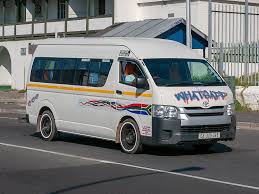
Image 1: Google Images
Rea Vaya: Joburg’s Answer to BRT (Bus Rapid Transit)
If you prefer a more structured and safer option, the Rea Vaya bus system is your go-to. These bright red buses run on dedicated lanes, which helps them avoid traffic jams during peak hours. They service key areas like Soweto, Johannesburg CBD, and parts of Sandton and Rosebank.
Rea Vaya stations are clean, monitored, and accessible. You’ll need a Rea Vaya smartcard to board, which can be bought and topped up at major stations.
Why we love it: It’s safe, reliable, and offers a modern alternative to taxis and older bus systems.
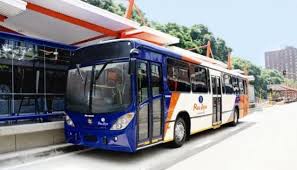
Image 2: Google Images
The Gautrain: Speed and Comfort for Longer Trips
The Gautrain is Joburg’s most modern public transport system – and it’s ideal for commuters traveling longer distances. Connecting Johannesburg to Pretoria, OR Tambo International Airport, Sandton, and Rosebank, this high-speed train offers clean stations, strict security, and a very punctual schedule.
Though more expensive than other transport options, the Gautrain is the most tourist-friendly and efficient way to get across the city or to the airport.
Gautrain also operates a network of feeder buses that take you from train stations to popular neighborhoods and business hubs.
Tip: Buy a Gautrain card or use the mobile app to load funds and check schedules in real time.
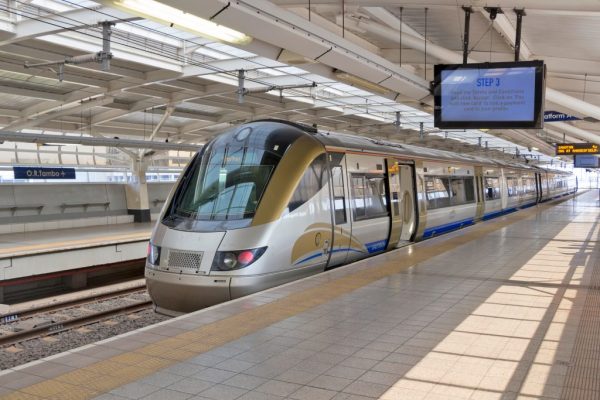
Image 3: Google Images
Metrobus: Joburg’s Traditional Bus System
Metrobus is the city’s older, government-run bus service. While it doesn’t have the same polish as Rea Vaya or the Gautrain, it still serves a large number of commuters, particularly in areas like Randburg, Braamfontein, and the inner city.
Schedules can be less reliable, and the buses are not as modern, but Metrobus remains a budget-friendly choice for many.
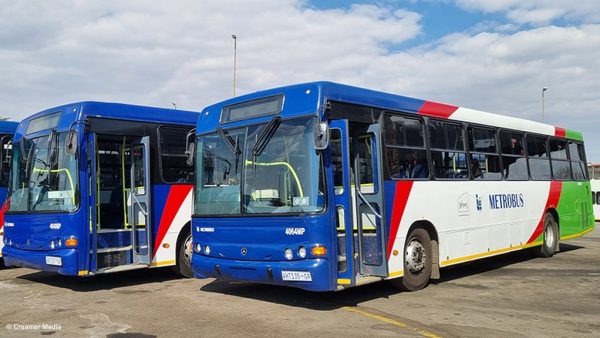
Image 4: Google Images
E-Hailing Apps: Uber, Bolt, and Others
Though technically not public transport, services like Uber and Bolt are a daily reality in Johannesburg’s urban mobility mix. They’re especially useful when you’re traveling at night, carrying luggage, or going somewhere outside standard routes.
Prices can surge during peak hours or bad weather, but they offer convenience, tracking, and safety that minibus taxis can’t match.
Bonus: Many Gautrain stations have designated pick-up and drop-off zones for e-hailing services.
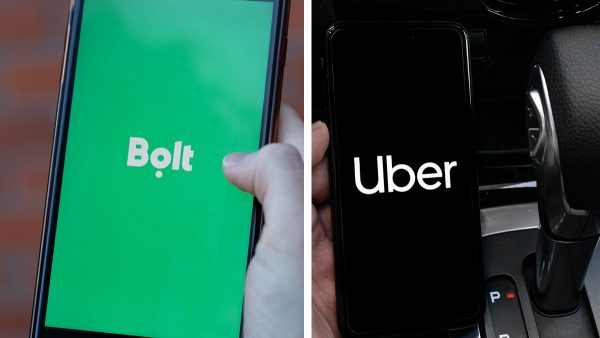
Image 5: Google Images
Is Public Transport in Joburg Safe?
Safety is a valid concern, especially for new users. The truth is, Johannesburg has made strides in improving transport safety – especially with the Gautrain and Rea Vaya, which offer secure stations and visible staff.
However, when using minibus taxis or Metrobus, be cautious. Avoid traveling alone after dark, keep your phone and valuables hidden, and try to use well-lit stops and stations. Most importantly, stay aware of your surroundings.
Apps and Tools to Make It Easier
Getting around Joburg is a lot simpler with a few helpful tools:
-
Google Maps – Offers surprisingly accurate directions for public transport
-
Gautrain App – For schedules, balance checks, and station updates
-
Moovit – Local transport mapping for Rea Vaya and Metrobus
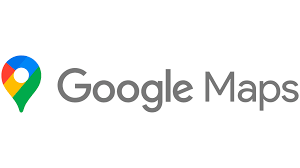
Image 6: Google Images
Final Thoughts
Public transport in Johannesburg is a vibrant, essential part of city life. Whether you choose the fast-paced minibus taxis, the sleek Gautrain, or a safe and structured Rea Vaya bus, each system offers a different way to explore the city.
If you’re patient, stay informed, and follow basic safety precautions, you’ll find that Joburg’s transport network can take you just about anywhere you need to go.

Image 7: Google Images
Follow Joburg ETC on Facebook, Twitter , TikTok and Instagram
For more News in Johannesburg, visit joburgetc.com
Source: Joburg ETC
Featured Image: Google Images

